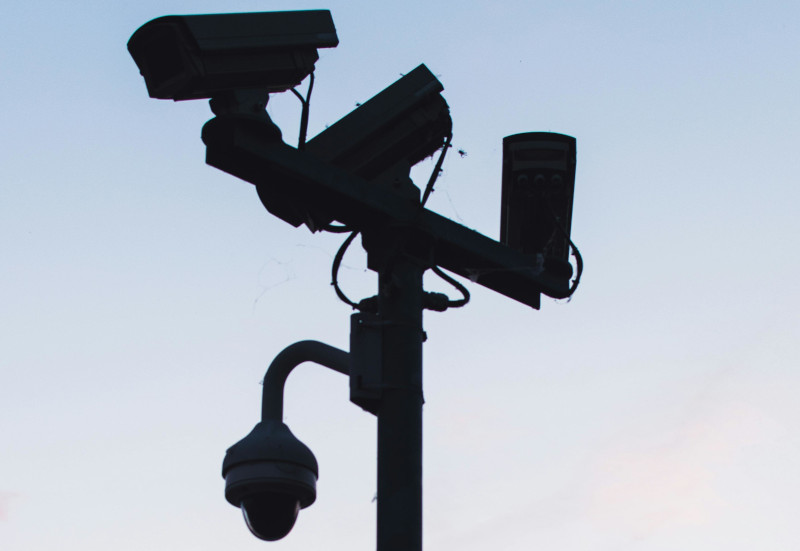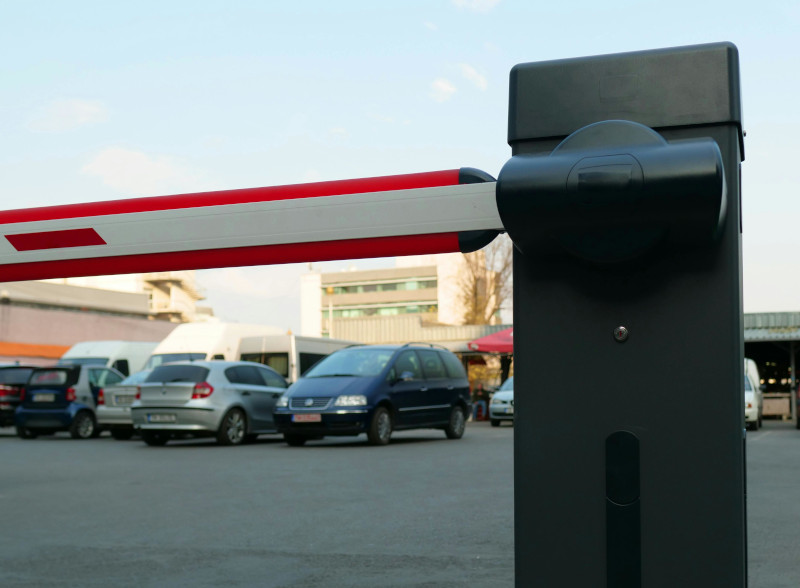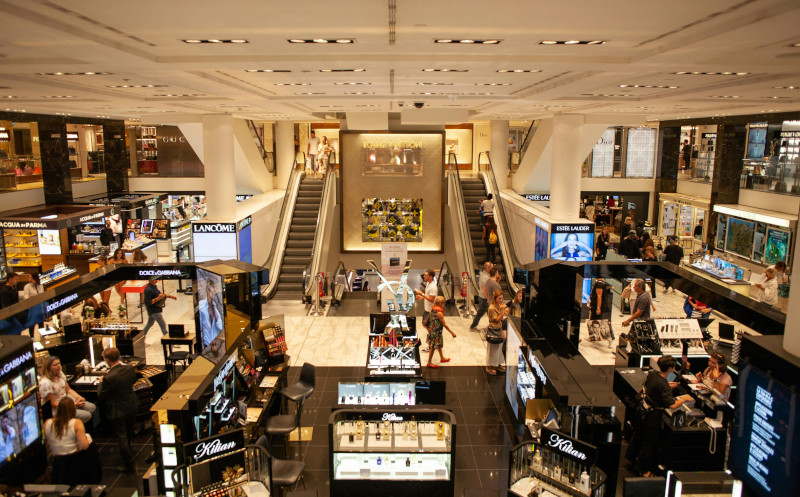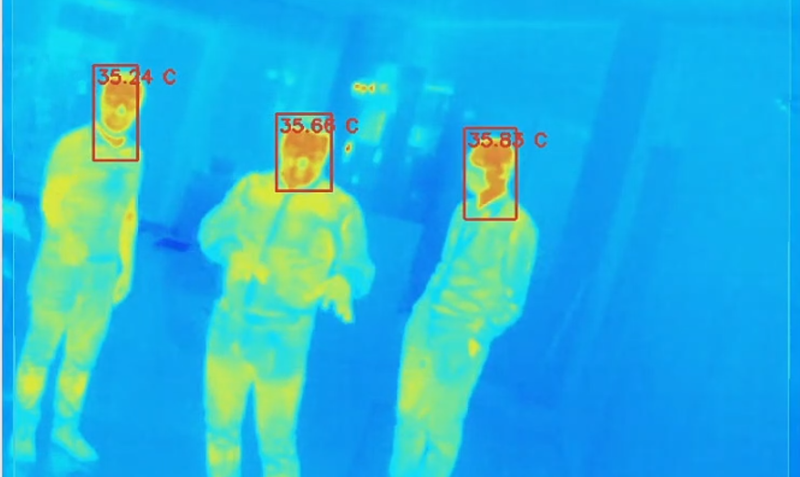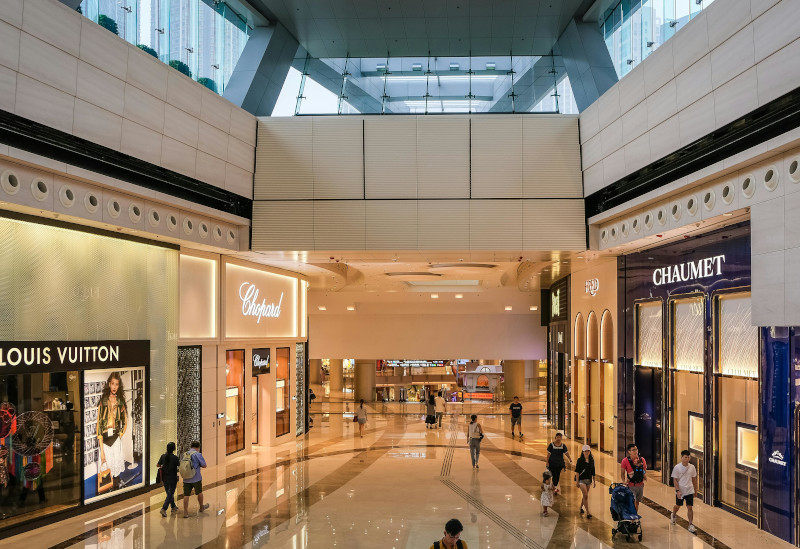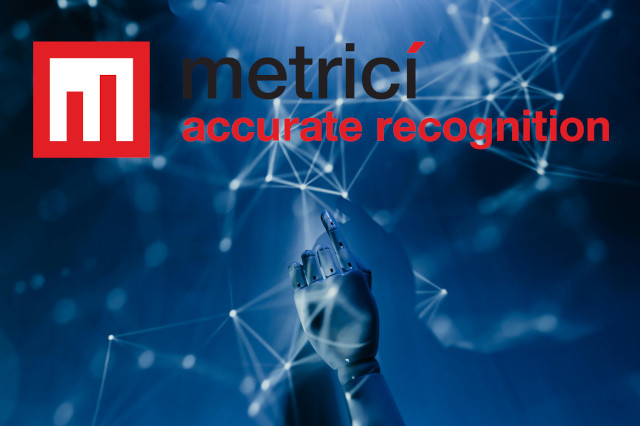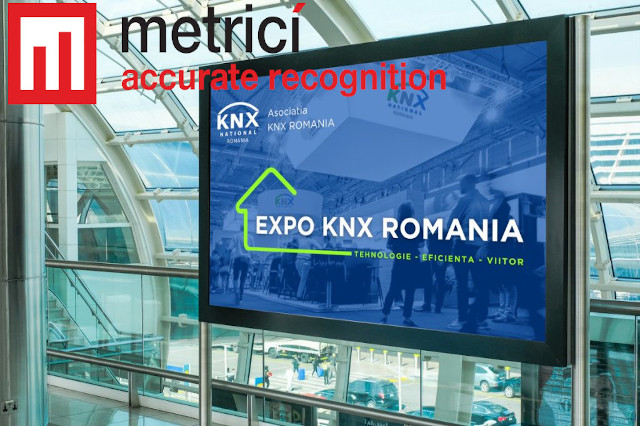- home
-
Products
- Products
- Metrici Custom Applications
- Metrici LPR
- Metrici LPR Parking Module
- Metrici LPR Toll Station Module
- Metrici LPR Weighing Module
- Metrici PPD
- Metrici Area Counter
- Metrici Line Counter
- Metrici QR Code Reader
- Metrici Container Code Recognition
- Metrici Thermal Analyzer
- Metrici Car Kit
- Metrici Server Systems
- Metrici Observer Radar
- Metrici LED Display
- Metrici MultiController
- Metrici LAN Controller
- case studies
- Applications
- Resources
- news
- videos
- Contact
Metrici AI in malls and shopping centers
Integrating AI, video analytics into malls or large commercial centers can significantly enhance operations, security, customer experience, and facility management. These technologies can streamline parking, security, crowd management, and even retail operations, ensuring efficiency and a better visitor experience
Parking Management with LPR
Seamless Entry/Exit with LPR:
Use Case:
Parking Enforcement and Security:
Parking Management with Parking Place Detector
Real-Time Parking Spot Availability with DNN:
Use Case:
Smart Parking Reservations:
People and Vehicle Flow Management
Line Counter for Traffic Flow:
Use Case:
Area Counter for Crowd Density Management:
Security and Surveillance
AI and Video Analytics for Mall Security:
Use Case:
Thermal Analysis for Night Surveillance and Fire Prevention:
Access Control and Smart Entry Systems
AI-Driven Access Control for VIP and Staff Parking:
Use Case:
Vehicle and People Detection for Security:
Retail Operations and Customer Analytics
People Counting for Store Insights:
Use Case:
Queue Management at Retail Stores:
Thermal Analysis for Health and Safety
Thermal Scanning for Crowd Safety:
Visitor Behavior Analytics and Personalized Services
Metrici AI for Personalized Customer Experiences:
Use Case:
Sustainability and Energy Management
Smart Parking for Electric Vehicles:
Energy Usage Optimization with AI:
Emergency and Incident Response
Real-Time Incident Alerts:
Use Case:



